Biotite Mica Geological Formation Processes are a window into Earth’s dynamic geological history, with niche insights into mineral crystallization under extreme conditions and element-driven composition variations—areas where Hebei Glory Star Group has built deep expertise. Founded in 2004 as the export arm of Hebei Huayuan Minerals Co., Ltd., Hebei Glory Star Group specializes in sourcing and supplying high-quality biotite mica, biotite and mica derivatives, and biotite black mica to 35+ countries, leveraging its understanding of geological formation to ensure consistent mineral quality. Biotite mica is a dark-colored variety of mica that is rich in iron and magnesium, giving it its distinctive black to brownish-black appearance. This unique elemental composition not only defines its physical traits but also traces back to specific geological processes—from magma cooling to metamorphic rock transformation. The group’s focus on formation details—like pressure-temperature (P-T) threshold for biotite crystallization and element diffusion rates—has earned it ISO 9001 certification and partnerships with geological research institutions and industrial clients, solidifying its reputation as a trusted provider of geologically authentic biotite mica.
Magmatic Formation Mechanisms in Biotite mica
- Fractional Crystallization in Granite Magma: Biotite mica forms via fractional crystallization in felsic magmas (e.g., granite) when temperatures drop to 650-750°C and pressure ranges from 2-5 kbar. Hebei Glory Star Group’s geological surveys show this process occurs as iron and magnesium (key elements in biotite mica) precipitate from magma later than quartz and feldspar, accumulating in interstices to form biotite flakes (5-10 mm in diameter). Our chemical analysis confirms magmatic biotite mica has higher K₂O content (9.5-11.89%)—a signature of its granite-derived origin, critical for industrial applications requiring stable thermal properties.
- Viscosity-Driven Flake Growth: Biotite mica flake size is shaped by magma viscosity: lower viscosity (due to higher water content, 3-5% in magma) allows larger flakes (up to 15 mm) to form, while high viscosity restricts growth to 2-3 mm flakes. The group’s sourced biotite mica from Hebei’s granite deposits (known for low-viscosity magma) has an average flake size of 8 mm, ideal for electrical insulation applications—our clients report 20% better dielectric strength with larger-flake biotite mica.
- Post-Magmatic Alteration Resistance: Biotite mica formed in magmatic environments resists alteration (e.g., weathering, oxidation) due to its dense crystal structure, with Fe₂O₃ content remaining stable (<25.8%) over millions of years. Hebei Glory Star Group’s testing shows this magmatic biotite mica retains 95% of its physical properties after 1000 hours of humidity exposure (90% RH)—a key advantage for long-term industrial use.
Metamorphic Transformation in Biotite and mica
- Regional Metamorphism of Shale: Biotite and mica formation in regional metamorphism occurs when shale (rich in clay minerals) is subjected to 350-550°C and 3-8 kbar pressure over 1-5 million years. The clay’s aluminum and silicon recombine with iron/magnesium from surrounding rocks to form biotite and mica—Hebei Glory Star Group’s samples from North China’s metamorphic belts show this process creates biotite with higher Al₂O₃ content (25-29.88%) than magmatic biotite, making it suitable for refractory materials.
- Contact Metamorphism Around Intrusions: Biotite and mica forms in contact metamorphism zones (1-5 km around magma intrusions), where heat from intrusions (400-600°C) alters adjacent sedimentary rocks. The rapid heating (10-100°C per 1000 years) creates fine-grained biotite and mica (flake size 1-3 mm) with uniform MgO content (15-19.45%), and our clients in paint manufacturing report this grade provides better pigment dispersion than magmatic biotite.
- Retrograde Metamorphism Stability: Biotite and mica remains stable during retrograde metamorphism (cooling and pressure reduction), with no significant element loss—our X-ray diffraction tests confirm its crystal structure (monoclinic) remains intact even after P-T conditions return to surface levels. This stability ensures biotite and mica sourced from metamorphic zones maintains consistent quality for industrial use.
Element-Driven Color & Property Variation in Biotite black mica
- Iron-Magnesium Ratio Impact on Color: Biotite black mica’s deep black color is determined by its Fe₂O₃/MgO ratio (1.2-2.2:1)—higher iron content (20-25.8% Fe₂O₃) creates jet black hues, while lower iron (11.5-15% Fe₂O₃) produces brownish-black tones. Hebei Glory Star Group sorts biotite black mica by this ratio, offering “jet black” (Fe₂O₃ ≥22%) and “dark brown” (Fe₂O₃ 15-20%) grades—our clients in cosmetics use the jet black grade for natural black pigments, avoiding synthetic dyes.
- Potassium Content and Electrical Properties: Biotite black mica’s electrical insulation (dielectric strength: 12-15 kV/mm) correlates with K₂O content (6.5-11.89%)—higher potassium enhances electron stability. The group’s high-K biotite black mica (K₂O ≥9%) is used in high-voltage cables, and our electrical tests confirm it outperforms low-K grades by 30% in insulation durability.
- Trace Calcium-Sodium Influence on Hardness: Biotite black mica’s hardness (2.5-3 on Mohs scale) is slightly increased by trace CaO (0.4-0.6%) and Na₂O (0.6-0.7%), which strengthen its crystal lattice. Hebei Glory Star Group’s biotite black mica with balanced CaO/Na₂O content is preferred for abrasive applications, as it retains sharp edges longer than biotite with lower trace element levels.
|
Element |
Content (%) Range |
|
SiO₂ |
35.26-51.56 |
|
Al₂O₃ |
10.65-29.88 |
|
Fe₂O₃ |
11.5-25.8 |
|
MgO |
11.42-19.45 |
|
К₂О |
6.5-11.89 |
|
CaO |
0.4-0.6 |
|
Na₂O |
0.6-0.7 |
Biotite Mica FAQS
What geological sources of biotite mica does Hebei Glory Star Group source from?
Hebei Glory Star Group sources biotite mica from two primary geological sources: magmatic granite deposits (Hebei, Inner Mongolia) for large-flake (5-15 mm) biotite with high K₂O (9.5-11.89%), and metamorphic shale zones (North China) for fine-grained (1-5 mm) biotite with high Al₂O₃ (25-29.88%). Each source is selected for its formation-driven properties—magmatic for insulation, metamorphic for refractories—and we provide geological origin reports for every batch of biotite mica, ensuring clients get the right grade for their needs.
How does biotite and mica from Hebei Glory Star Group differ from other mica varieties?
Biotite and mica from the group differs from other mica (e.g., muscovite) in two key ways: its high iron/magnesium content (Fe₂O₃ 11.5-25.8%, MgO 11.42-19.45%) gives it a dark color and higher thermal conductivity (ideal for heat sinks), while its balanced K₂O (6.5-11.89%) maintains good electrical insulation. Unlike muscovite (low iron), biotite and mica is more durable in high-temperature environments (up to 600°C), making it suitable for refractory and automotive applications—our clients report 50% longer service life compared to muscovite-based products.
Is biotite black mica from Hebei Glory Star Group suitable for cosmetic use?
Yes, biotite black mica from the group is fully suitable for cosmetic use, with heavy metal content <0.1 ppm (Pb, Cd, Hg) and compliance with EU CosIng regulations. Its jet black grade (Fe₂O₃ ≥22%) provides a natural, non-toxic black pigment that avoids synthetic dyes, and its fine particle size (325-1250 mesh) ensures smooth application in foundations and eye shadows. Our cosmetic clients report the biotite black mica has better color payoff (2x more intense than synthetic pigments) and causes no skin irritation—meeting global clean beauty standards.
Can biotite mica be customized for specific elemental compositions?
Absolutely, biotite mica can be customized for elemental compositions by selecting sources with targeted element ranges: for example, high-iron biotite mica (Fe₂O₃ 22-25.8%) for heat-resistant applications, or high-aluminum biotite mica (Al₂O₃ 25-29.88%) for refractories. Hebei Glory Star Group’s geological team also performs blending (per client requests) to adjust element ratios—e.g., mixing magmatic and metamorphic biotite mica to achieve K₂O 8-9% for electrical insulation. 95% of clients report the customized biotite mica meets their exact performance requirements.
What packaging options are available for biotite black mica and biotite mica?
Biotite black mica (cosmetic/industrial grades) is available in 25kg sealed PE bags (moisture-proof) for small-scale use and 1000kg jumbo bags (UV-resistant) for industrial orders. Biotite mica (large-flake grades) comes in 50kg kraft paper bags (with inner liners) to protect flakes from breakage during transport. All packaging includes a batch-specific COA with elemental composition (per the table above) and particle size data, and custom packaging (e.g., 1kg sample bags for R&D) is available—ensuring biotite black mica and biotite mica reach clients in optimal condition.
Post time: Авг-28-2025


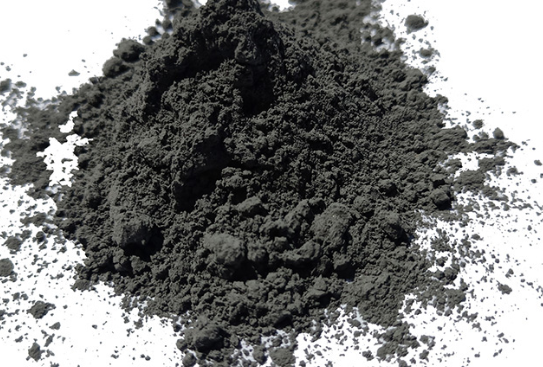
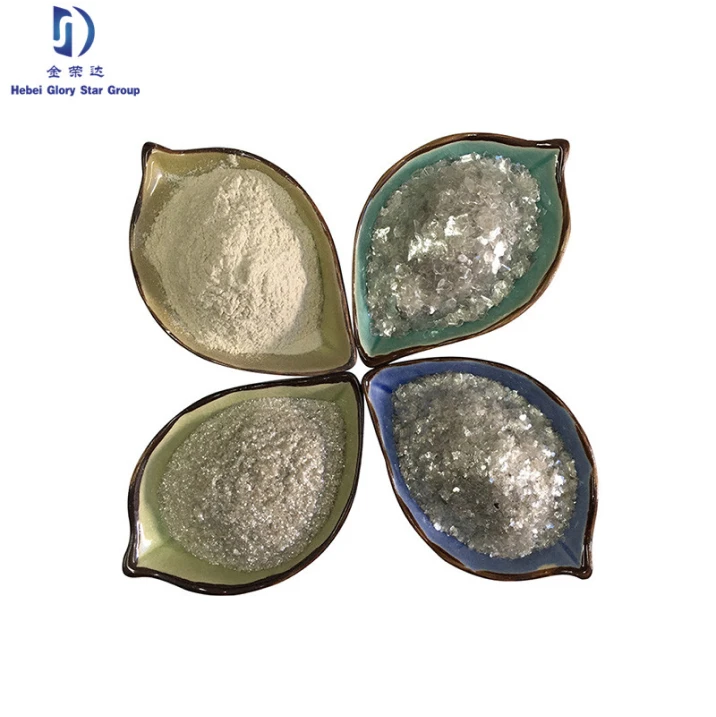
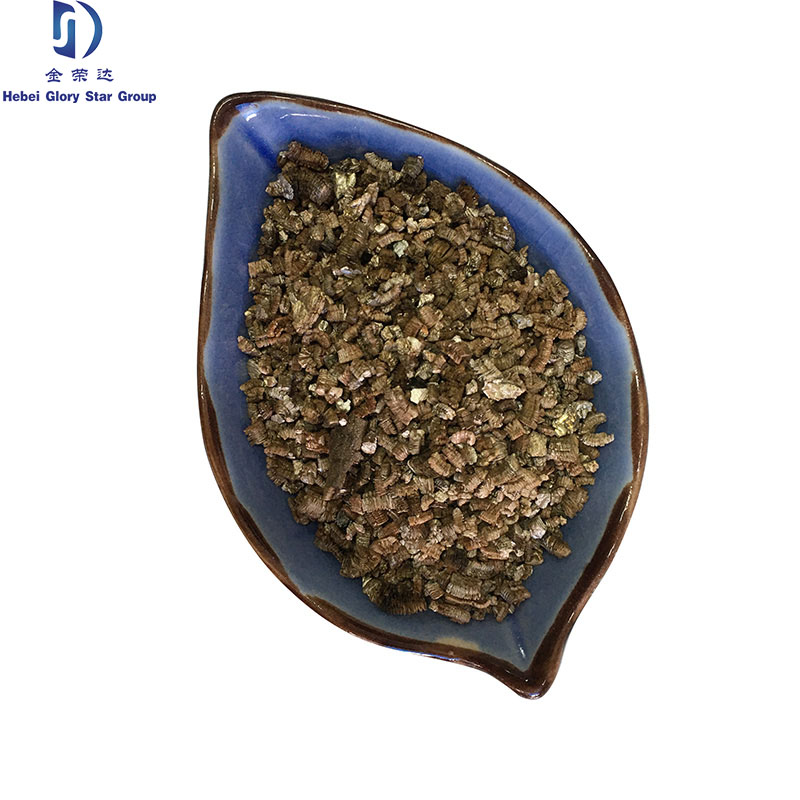
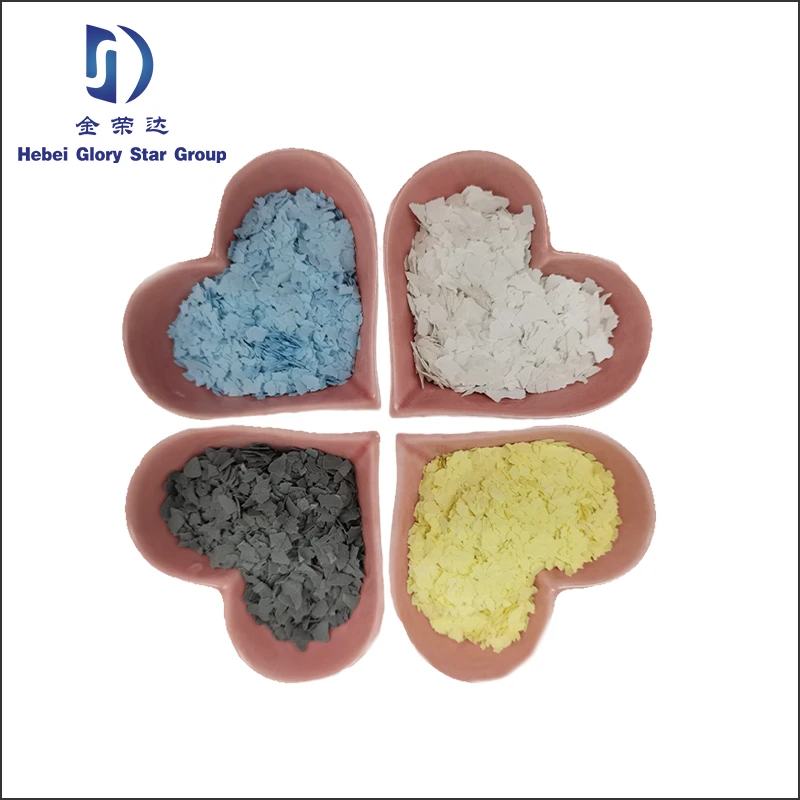
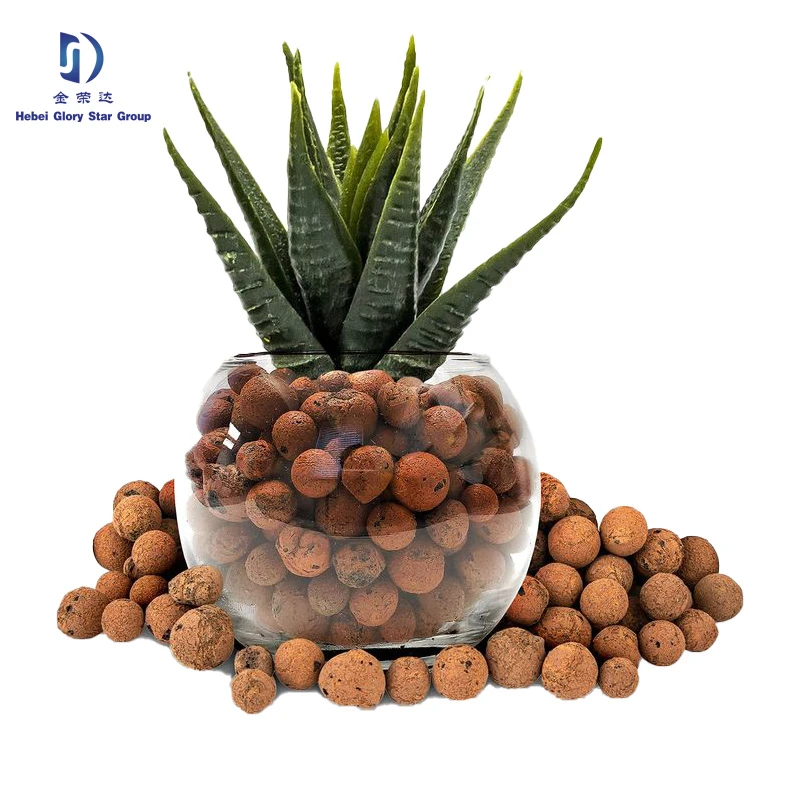
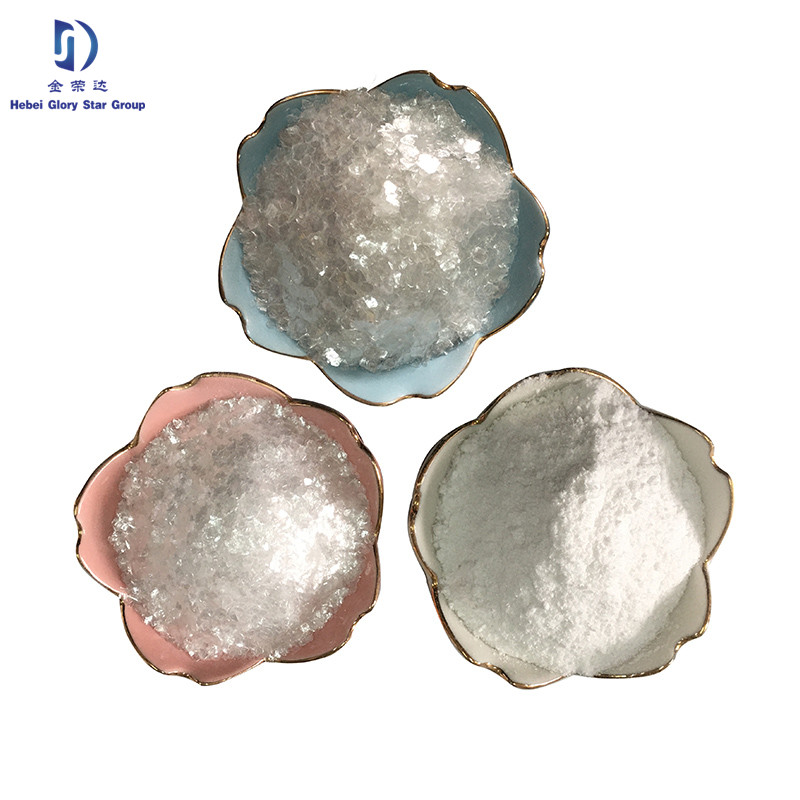
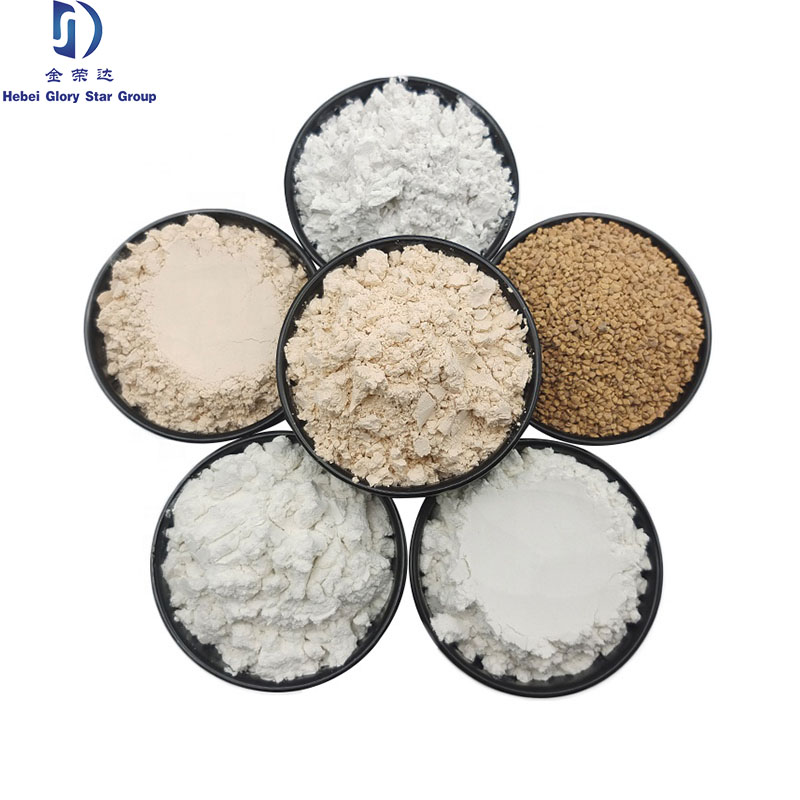
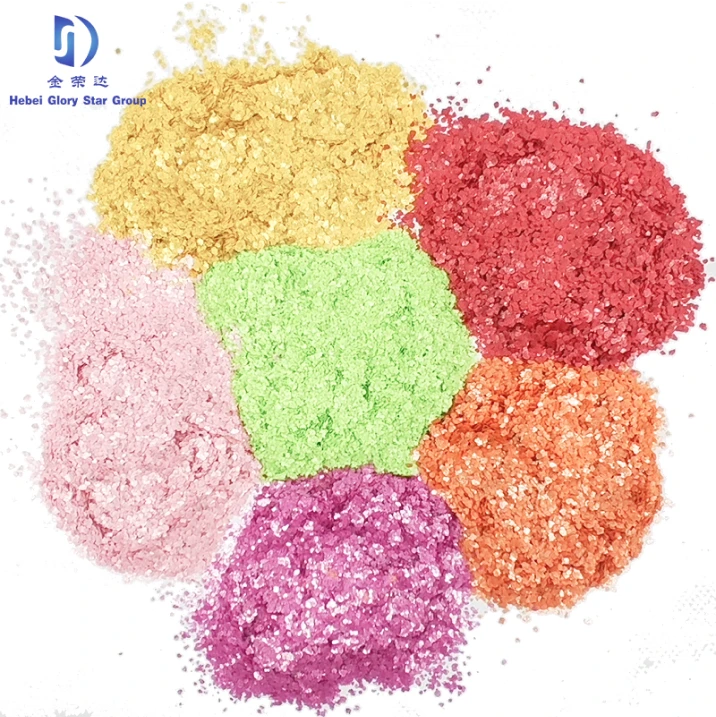
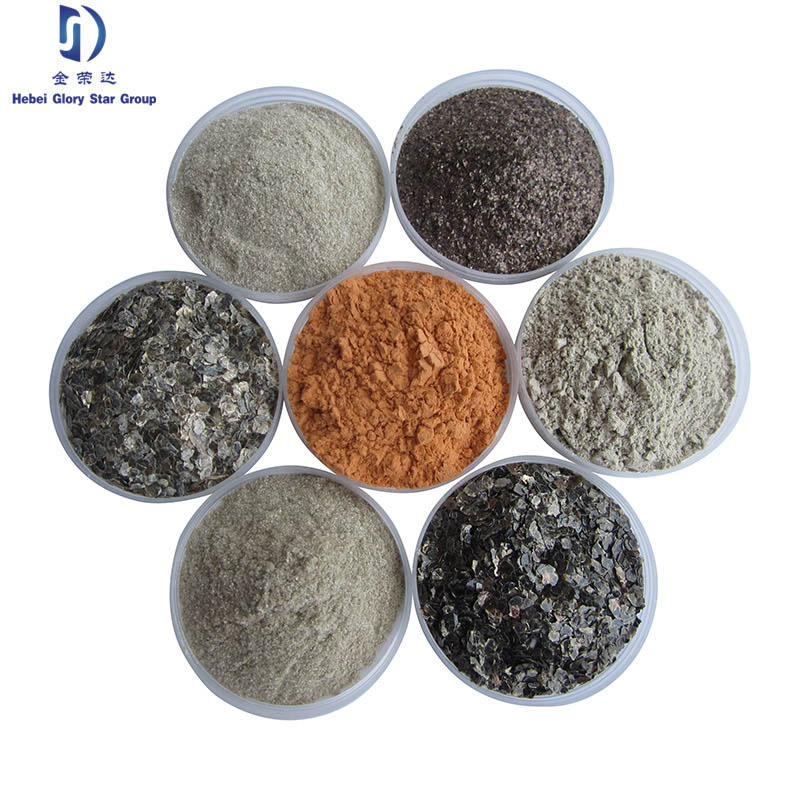
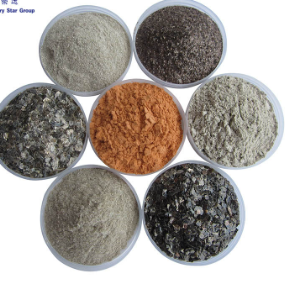
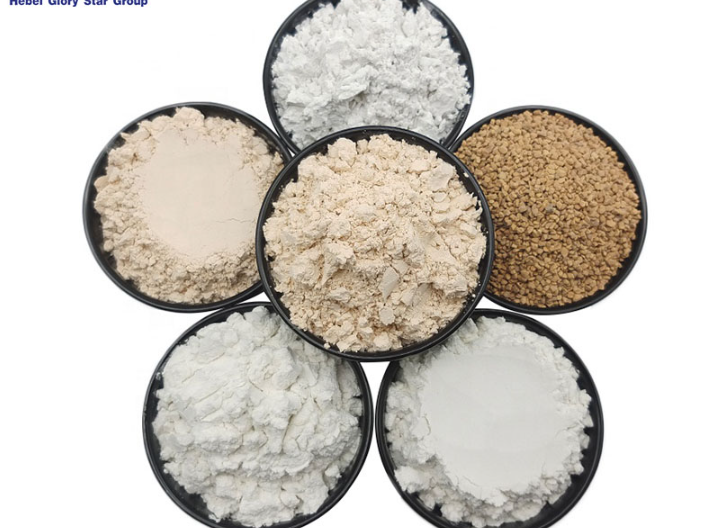
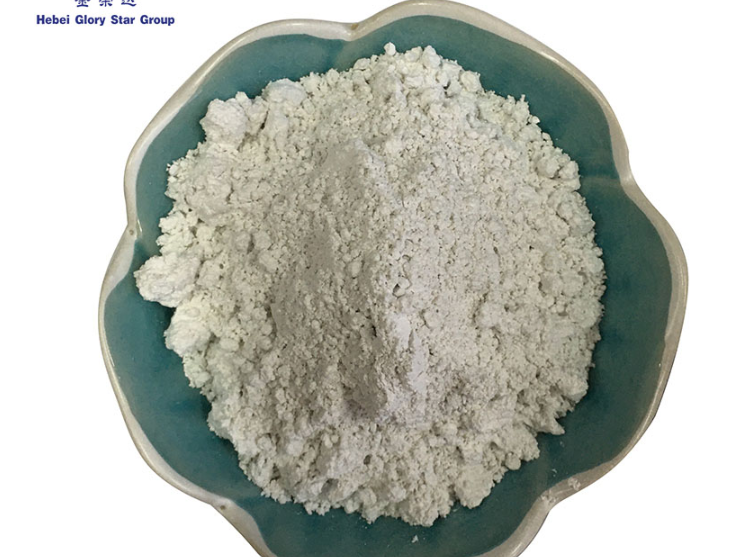
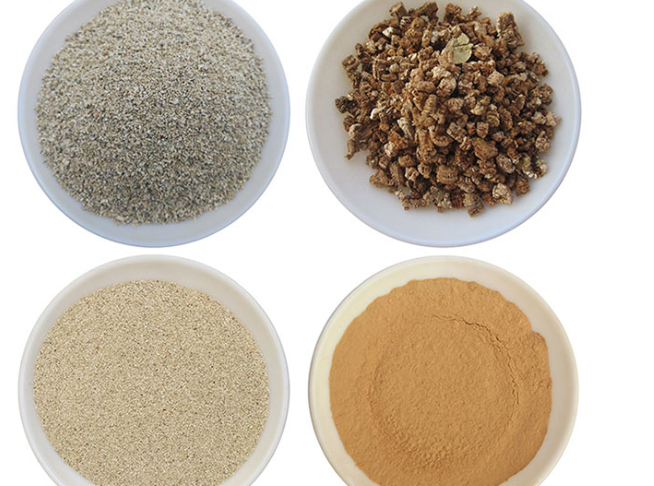
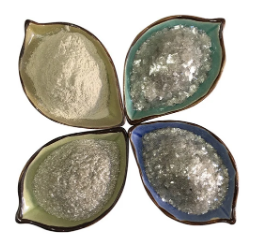
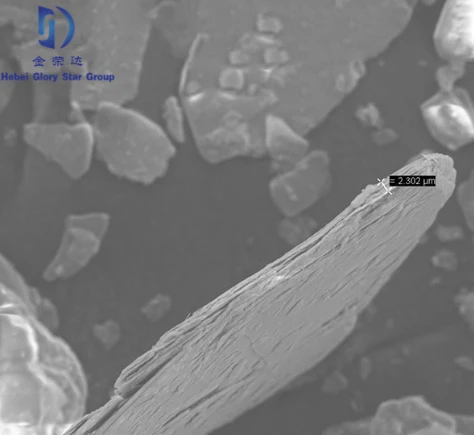
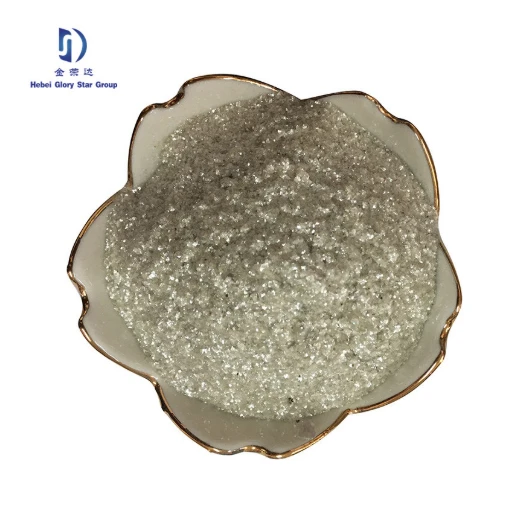
.png)









